-
What to do against root rot?
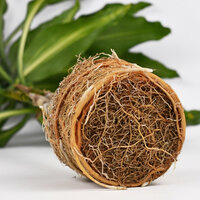
You have invested a lot of time, energy and above all passion in decorating your home to your taste. I'm sure you also have some natural plants to bring life and joy to your home. But you are having a hard time keeping your plants alive. A very common problem that often happens to plants is wilting or rotting and this can happen due to a number of factors.
What are the signs that tell us when my plant's roots are rotten? In this article we will be talking about a specific cause of why plants wilt and it is due to root rot, and above all we will talk about what to do about root rot?
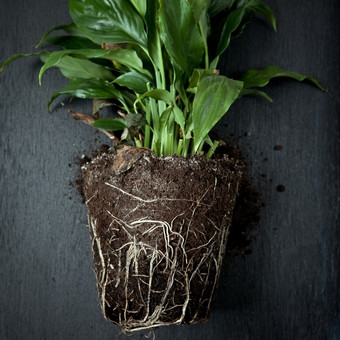
rotten roots
Root rot is one of the most damaging diseases that houseplants can suffer from, and it is one of the most common. When the plant catches this disease it turns the roots into a brown suspension that cannot transport nutrients to the rest of the plant.
the cause: fungus
Root rot is often not noticed because the roots are not exposed, but the cause of root rot is always associated with the soil or substrate being too wet. And if there is one thing fungi like, it is... "moisture, that's right! Some of the most common fungus are Fusarium Oxysporium, Rhizoctonia Solani, Phythium spp. or Phytophthora spp.
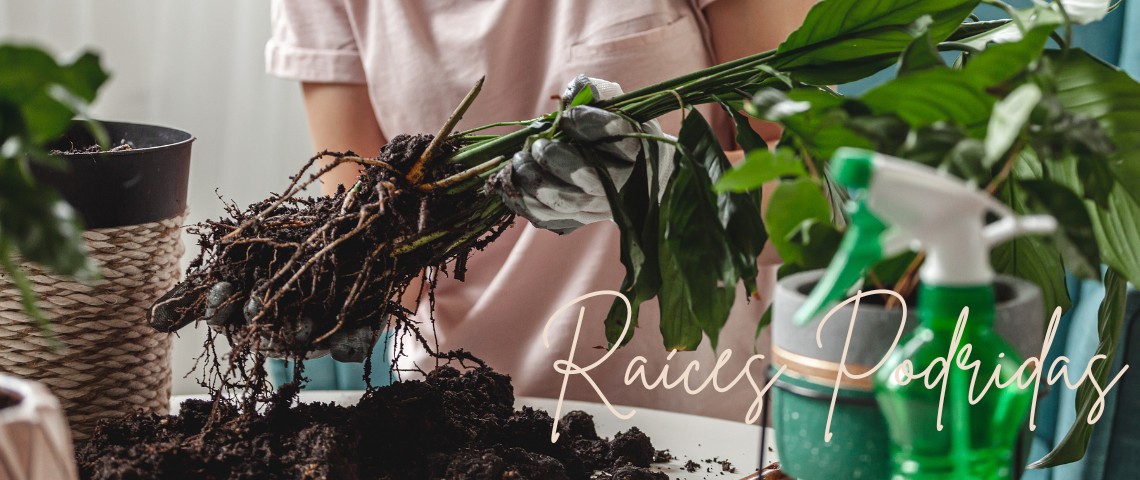
illness
Root fungus causes your plant to become diseased. As with any disease, it is always advisable to prevent the disease, although in this case, if it is detected in time, the plant can still recover.
what causes root rot?
It is important to know that the causes described below are basically recommendations to avoid root rot:
- Overwatering: This is the most common cause of root rot. Giving more water than the plant can absorb or assimilate is a classic scenario for rot. Overwatering suffocates the roots and reduces the oxygen level in the soil, effectively setting the table for opportunistic pathogens.
- Poorly drained soil: Heavy soils retain water. This tendency to retain is the reason why well-drained soil is especially recommended for most plants. Roots that are permanently wet are primed for root rot.
- Inadequate drainage: houseplants should have drainage holes so that excess water can escape.
- Oversized pots: Sometimes we think that giving plants extra space is the right thing to do, but it is usually not a good idea. Too much soil in pots that are much larger than recommended for the size of your plant can cause problems, as the empty space can become a dead zone that floods.
- Potting material: Clay pots may be bulky, but they have a great advantage in that they are permeable. Water can evaporate through their walls so that the soil can breathe. Non-porous pots, such as plastic or glass containers, retain moisture and encourage humid conditions.
- Low airflow: air circulation also increases evaporation rates, stagnant air can lead to soil moisture. This problem can be caused by grouping plants together to increase local humidity, as overcrowding can lead to poor ventilation and the soil remaining moist for too long.
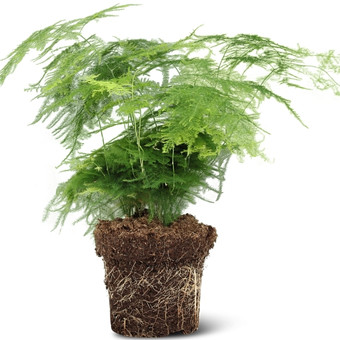
There are also other causes such as: planting too deep, out-of-season watering, contaminated tools, buying diseased plants, compromised soil, weakness or stress.
symptoms of root rot
The early detection of root rot is crucial for recovery, unfortunately, the first symptoms occur out of sight. Some possible symptoms of root rot are described below:
- Slow growth is an indicator that the plants have struggling roots.
- Leaves appear to lack water but do not respond to watering.
- Leaves may turn dull green, yellow or red and may wilt.
- Unlike plants suffering from lack of watering, plants suffering from root rot do not recover when watered.
- Dark areas may develop on the bark around the crown and on the uppermost roots, in some cases gummosis develops.
- Streaks or reddish-brown areas may be seen on the reverse side of the bark and on the outer layer of the branch.
- Soil that remains moist may also indicate a problem.
- Leaves that curl up during the day but seem to recover at night are also a sign.
how to solve the problem of root rot?
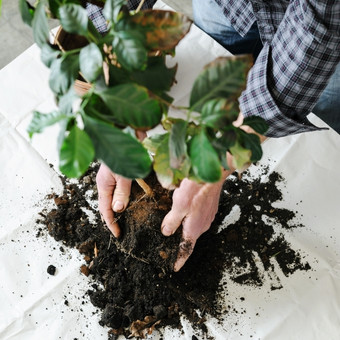
In most cases when root rot occurs, the plant still has roots that are healthy and others that are already completely rotten. In this case, action can still be taken to try to solve the root rot problem.
spotting rotten roots
Remove the whole plant carefully with its roots from the pot. Have a close look at the roots. What colour are they? Do they smell rotten? If so, you can be (almost) sure that it is root rot.
The colour and quality of the roots are also revealing. Are they white, thick and do they not break? If so, the plant has healthy roots. Unfortunately, somewhat juicy and soft roots are not so lucky. It is not a good sign and these roots break easily when touched.
the 8-step solution
Basically, the recommended solution is to transplant the plant to another pot, but this process weakens your plant a lot, so you must act with total gentleness following the 8 steps described below:
- Remove the plant from the pot and inspect the roots.
- Wash the root ball to remove infected soil.
- Cut off the rotten roots with sterile scissors, leaving only the healthy roots. It is important to re-sterilise the scissors after use.
- Cut off wilted or decayed leaves
- Cut off the buds and flowers along with half of the plant's leaves, so that the few remaining healthy roots can help the plant to recover.
- Transplant into cool, dry, well-drained soil. It is important to give it medium light and carefully restart the watering regime.
- Plan a light watering regime. In general the plants need less water as they will have fewer roots.
- Isolate the plant and keep it under control. If the rot returns you should say goodbye to your plant and throw it away.
quick intervention
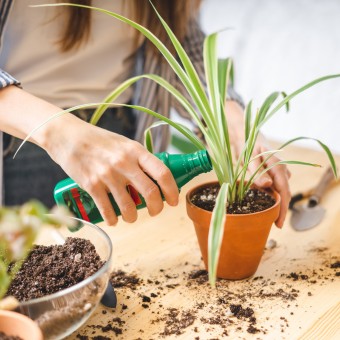
The first rule of root rot treatment is immediate treatment. Quick intervention means that you can save as many plants as possible. The passage of a day can make all the difference.
use of fertilisers and pharmaceuticals
Once all the treatment has been carried out, the use of fertilisers and pharmaceuticals should be avoided, as the plant is in a recovery stage and the roots are not receiving the necessary nutrients.
visit our website
That's all friends! We hope that this article will help you to recover your plant. On our website you can find articles similar to the one you have read. If you have any questions about a plant, problems they may have, or common diseases, you are likely to find an article that can answer your question. Take a look at our website where we are constantly developing content with various information for our customers and users.
No comments found.